The Strange Reason Clipless Pedals Are Called Clipless
Share on:
Are you puzzled by the term “clipless pedals” when clearly, the mechanism involves clipping in? You’re not alone. The cycling community often encounters this contradiction in terms. Let’s delve into the history and functionality of these pedals to demystify why clipless pedals are indeed called “clipless”.
Unveiling the Mystery Behind the Name “Clipless Pedals”
Clipless pedals on bikes are called ‘clipless’ because they came after the ‘toe-clip’ pedals. These pedals, characterized by a strap, had the moniker ‘clip’. The name ‘clipless’ was granted to the technology coming after to differentiate it from the previous ‘clip pedals’, the toe-clips.
Let’s dig a bit into the history of pedals to understand how clipped pedals ended up being called ‘clipless’.
Evolution of Bicycle Pedals: From Toe-Clips to Clipless
The first bikes created didn’t even have pedals. They were like balanced bikes. The first bike with pedals was invented in 1839 by Kirkpatrick MacMillan from Scotland, but at the time it was not used to do a movement of rotation with your legs. So, the first pedals used in a similar way as nowadays were invented in 1861 by the Michaux brothers in France.
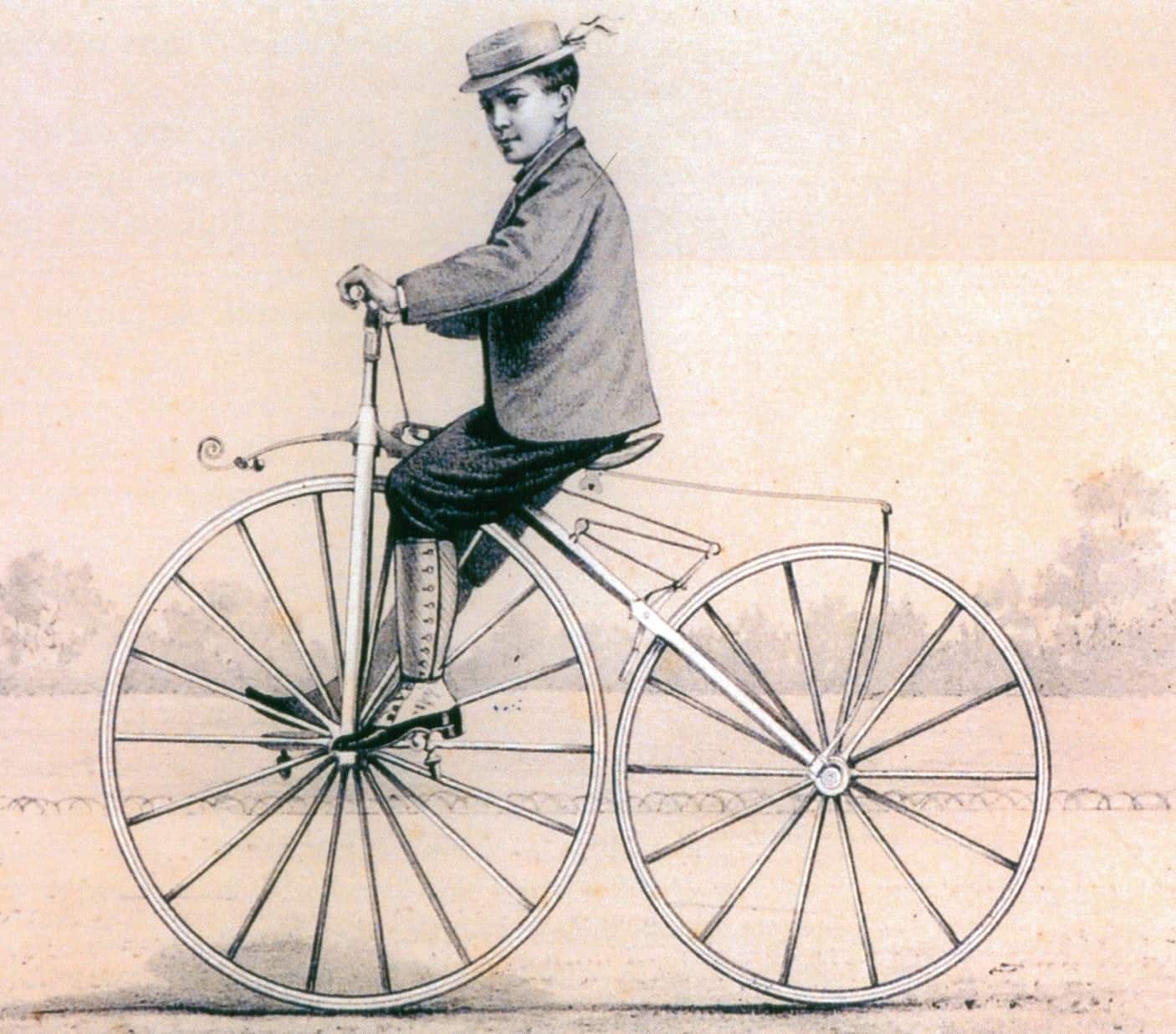
The Transition from Flat to Toe-Clip Pedals
Originally, bikes came with flat pedals. These types of pedals are still widely used nowadays and you have most likely used them, at least when you started riding as a child.
Flat pedals give you a platform where you can put your feet onto. They are flat on both sides as you can see in the picture below and include a way to give you extra grip to prevent your feet from sliding.
In the past, flat pedals were made of metal and the grip was given by the little dents cutouts in the shape of the pedal. Nowadays, flat pedals come in various shapes and materials and can include reflective strips. They generally use little pins to give you an extra grip and prevent the feet from slipping off.
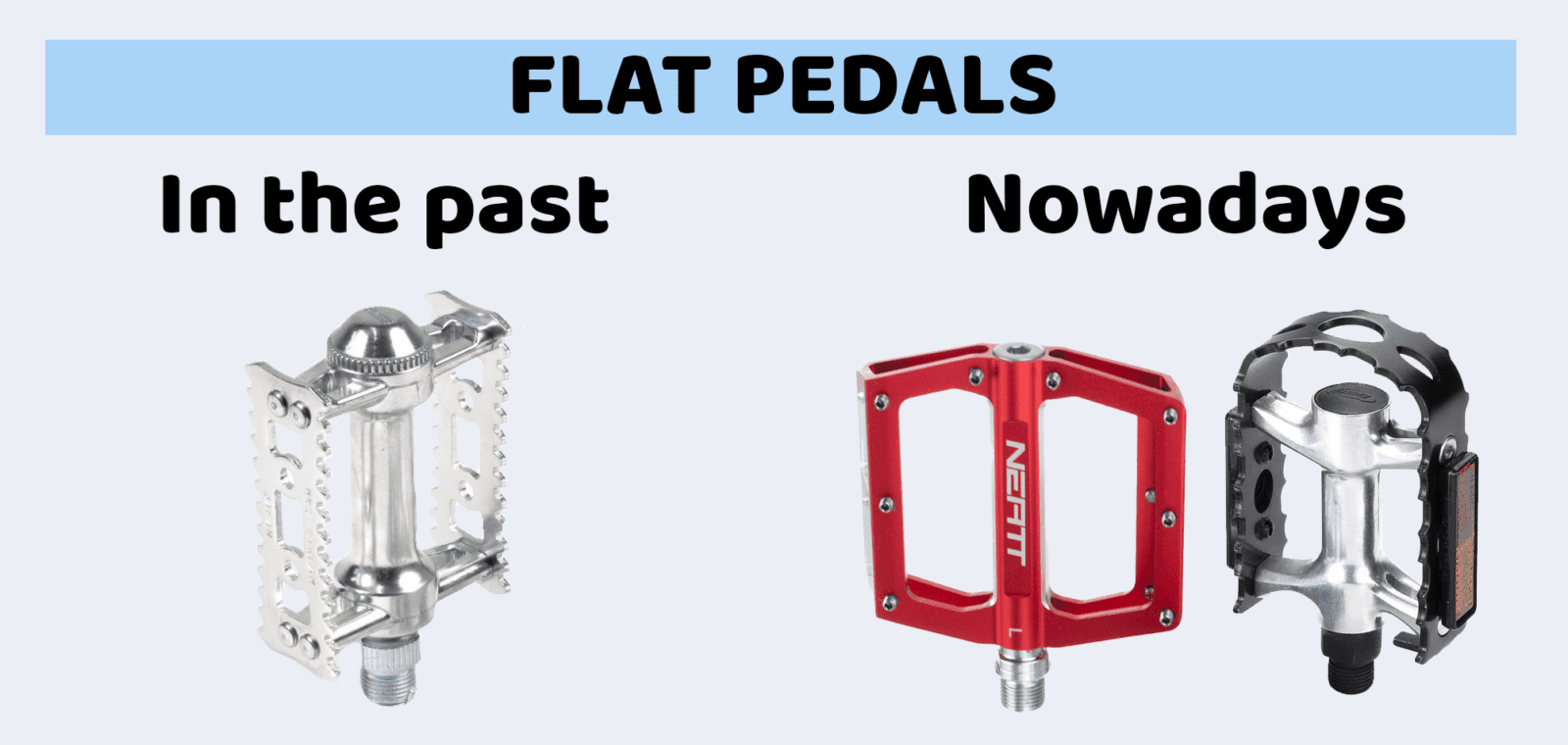
It was around the 1890s that things started to change: toe clips and straps were added onto the pedals to allow the rider to have his foot secured on the pedal. This type of pedal was called ‘toe-clip’ to refer to the fact that you are clipping your foot into the pedal (at least the front of the foot). The toe-clip was generally made of metal and the strap of leather.
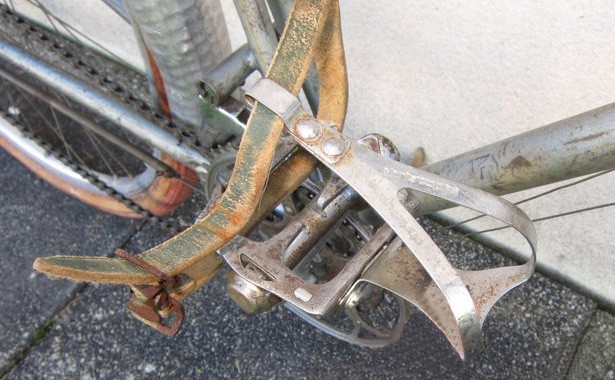
These types of pedals were used for a long time: professional riders used them tightened very hard to get the most benefits from them. They noticed that your performance increases when you are attached to the pedal. However, these types of pedals were not safe for racing. Pro racers had to manually untight the strap to be able to release their foot. In emergency situations they had no time to release their feet from the pedals, it was quite dangerous.
Clipless Pedals: A Leap Forward in Cycling Technology
Clipless pedals became popular in 1985 thanks to Bernard Hinault’s win on the Tour de France. The pedals he used were designed and manufactured by Look, a ski-binding french company. Look wanted to transfer their clipping system from the skis into another industry, as skiing was only a winter sport. They managed to adapt the system to cycling pedals and created ‘clipless’ pedals.
It consists of a special pedal with a spring mechanism that allows you to clip in a cleat that’s attached to your cycling shoe. The revolutionary process with this system is that it clips in very easily, in just one simple movement you are locked onto the pedal. And it clips out even faster with just a lateral movement. So it’s much more secure than the toe-clip system in use at the time, it’s the first automatic pedal. And Bernard Hinault demonstrated it by being the only one to recover quickly from a group fall, thanks to this pedal system.
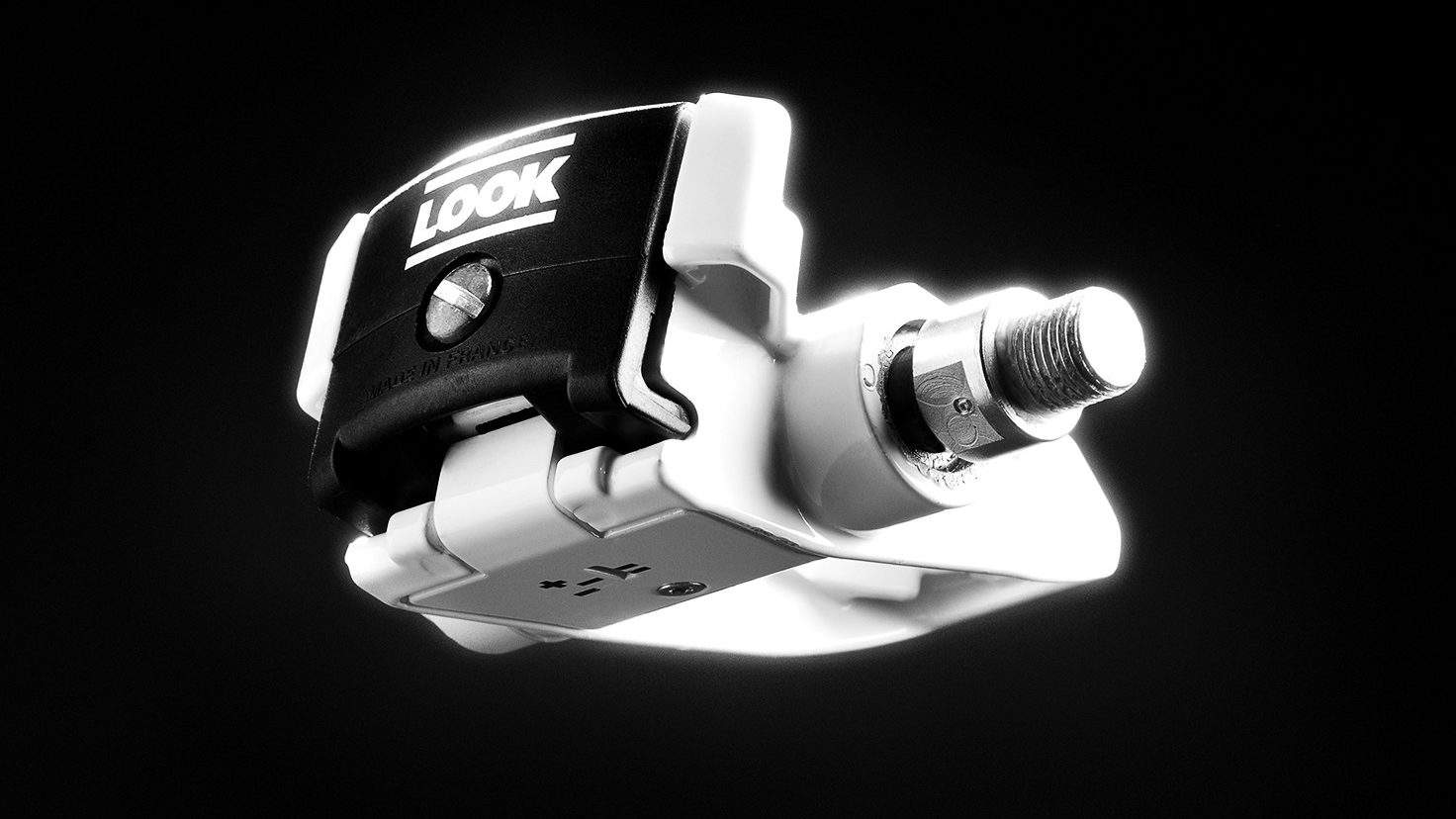
Decoding the “Clipless” Conundrum
As you have seen, cyclists have been using toe-clip pedals for almost a century before clipless pedals came into play. It was common to consider that toe-clip pedals were a system where you clip in your foot. And the new automatic system invented by Look didn’t have a place to clip in your toes. It was lacking the toe-clip system so commonly used. Therefore the new pedals were called clipless in reference to the lack of toe-clip, even though you still have to clip into them, but from a different area of your foot.
Nowadays, clipless pedals have evolved a bit more but the concept is the same. They are widely used for road cycling and mountain biking. It’s much safer than toe-clip pedals and highly efficient.
Fun fact:
Did you know that clipless pedals were actually invented in 1895 by Charles Hanson but only became popular 90 years later? Feel free to have a look at the first patent of the clipless pedal in the picture below.
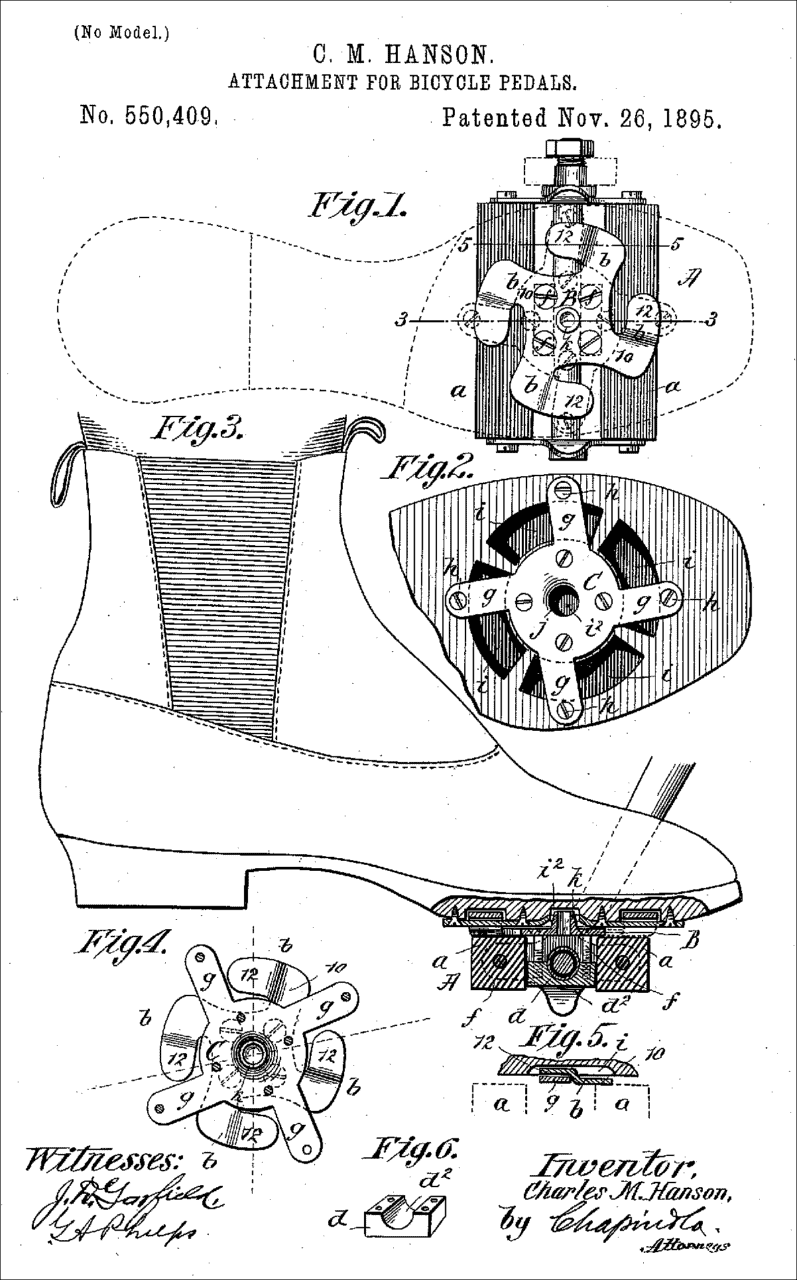
Sources:
Share on:






